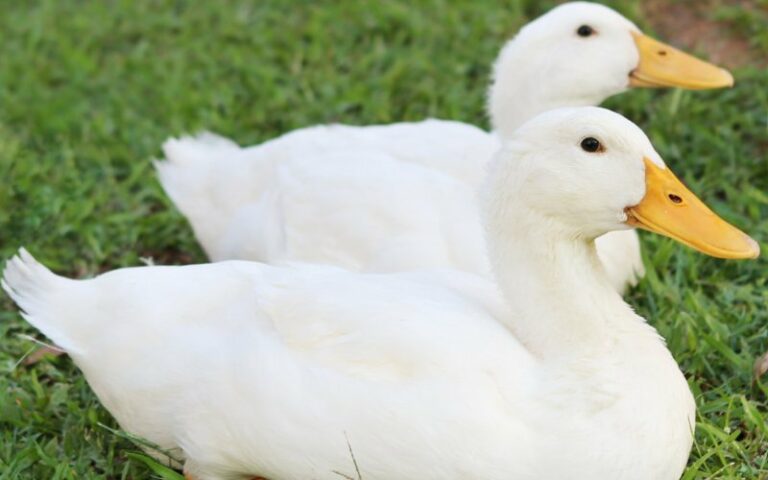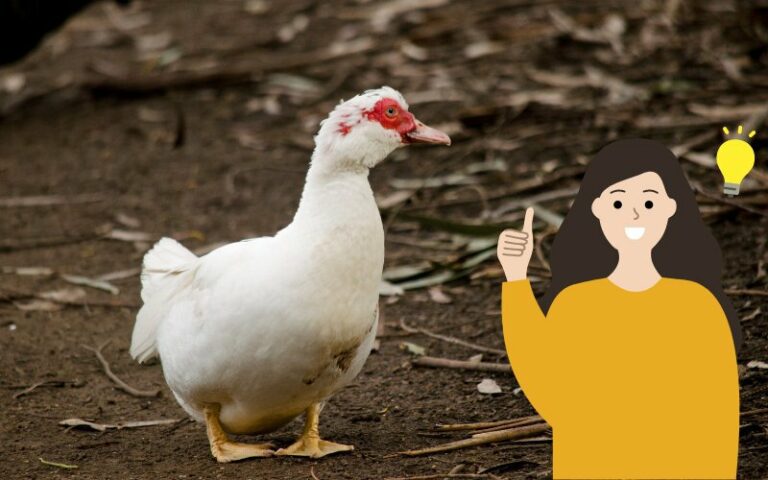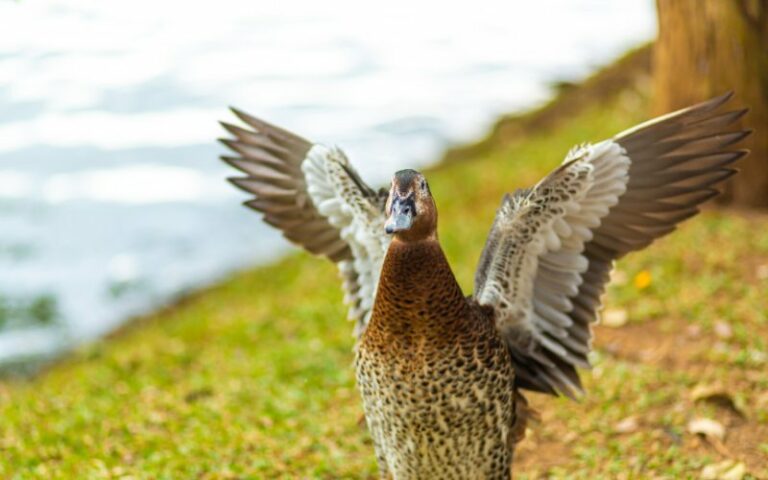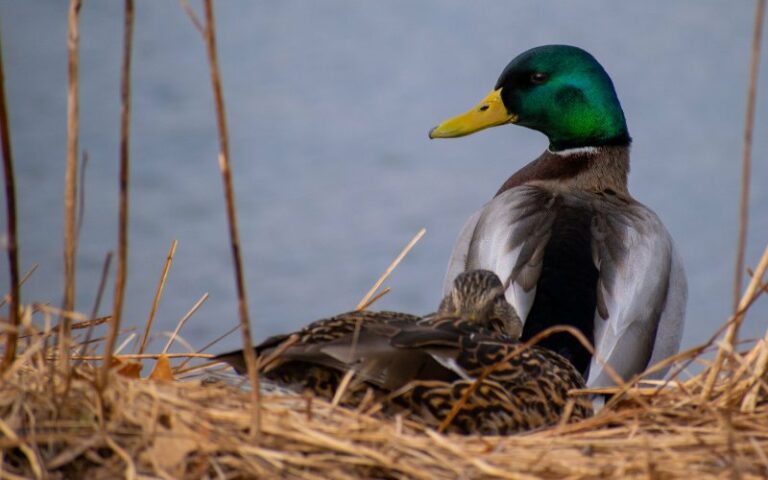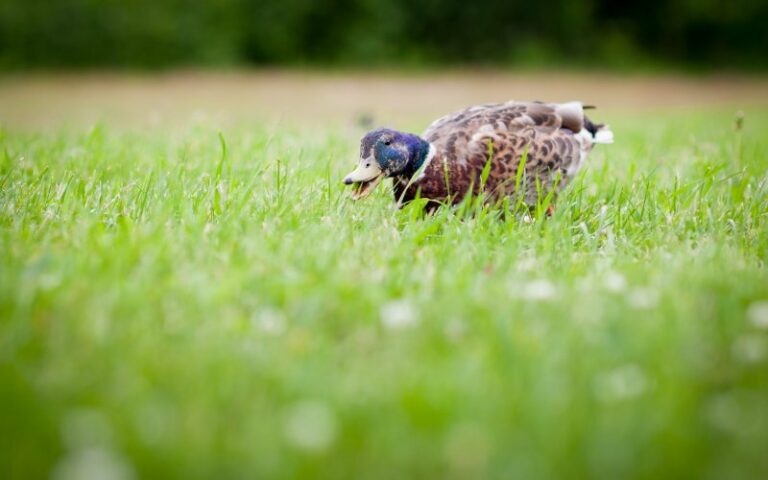How to Keep Ducklings Warm Without a Lamp (4 Ideas)
The first time I hatched a clutch of eggs indoors, the heat lamp I picked up at the store decided to fail. Given that it was early February and the roads were more ice than anything else, I needed to improvise to keep these fragile baby ducks alive. At the time, I experimented with several alternatives to heat lamps for these ducklings and came up with a few clear winners- one of which I still use instead of a heat lamp for its efficiency.
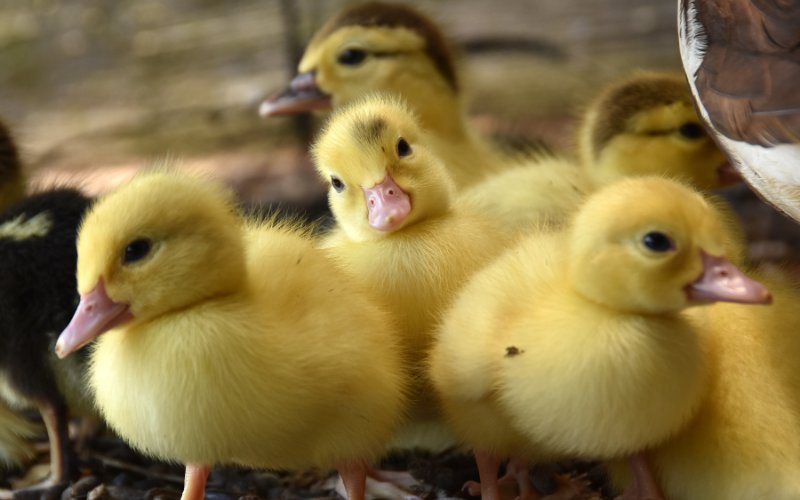
Alternatives to Heat Lamps for Ducklings (The Short Answer)
The best alternative to a heat lamp for young ducklings is a heating pad placed under the waterproof flooring of their enclosure. Ducklings are messy so a plastic bin or tub is a great container for a handful of ducklings. A heating pad on low under this type of bin makes an excellent heat source.
How to Keep Ducklings Warm Without a Lamp (4 Strategies I Have Used)
Ducklings, like any other type of young poultry or waterfowl, will need to be kept warm for their first few weeks of life. In the wild, this means that these hatchlings would stay near their mother and burrow into her feathers every chance they got to keep warm. If you are raising ducklings without a broody duck, the traditional source of heat would be a heat lamp. Without one of these, you still have several viable options.
Heating Pads or Heating Blankets
This is the best solution for “how to keep ducklings warm without a lamp”: Find a heating pad or blanket with a safety switch that will hold at a set temperature. Place this pad or blanket underneath the flooring of your duckling enclosure. As ducklings need access to fresh water most hours of the day and due to their messy nature, this flooring should either be thick plastic sheeting, a thick tarp, or the bottom of a plastic bin.
Never use a heating pad under any type of flooring that could become saturated with water. Mesh, canvas, and towels are all susceptible to dampness and should never be used as the only barrier between a heating pad or blanket and your ducklings. Use a thermometer to check the temperature of the heating pad and the surrounding air occasionally to keep the environment at the right temperature and ensure it doesn’t accidentally get too hot.
Heating pads have a few advantages over other types of heat. For example, heating pads will warm a duckling’s feet first. As the feet of ducklings are the most susceptible to cold and are how the ducklings gauge their body temperature, this can help keep them warm effectively without wasting energy. Further, space heaters and other methods that heat the air can cause a drop in humidity. Ducklings do best in an environment with relatively high (60%) humidity.
Ceramic Space Heaters (Including Heat Plates)
If the heating pad or heating blanket method isn’t right for you, the next least-fussy method of keeping your ducklings warm without a heating lamp is by using a space heater. As mentioned above, a space heater is very effective and relatively safe but does have a few drawbacks.
First, space heaters heat the air and can cause a drop in relative humidity. Ducklings do best when kept in a slightly humid environment so, if possible, add a humidifier to any space where you are using a space heater. Second, keep an eye on how warm your ducklings are. Space heaters can keep a room warm but they can also do so inconsistently.
Always choose a ceramic space heater or a heat plate instead of an infrared heater or radiator heater. While effective at heating a space, infrared heaters, if kept too close to your duckling enclosure, can lead to hot spots or unintended harm.
Radiator heaters may allow the temperature to drop too low before they can heat up the room properly unless you are keeping your ducklings in a very small room or coop.
Hot Water Bottles
Hot water bottles are the safest way to approximate the warmth of a mother duck, in my experience, and they’re the easiest to make if you have unexpected ducklings or a faulty heat lamp. Even a few spare glass jars filled with hot (180F to 200F) water and wrapped in a towel can provide enough heat for a few ducklings at a time.
The only caveat is that the water will need to be heated back up every few hours, depending on the ambient temperature of the room.
Thick Bedding, Litter, or Blankets
This is not a method that should be used on its own. No amount of litter or blankets will trap or produce enough heat for your ducklings. However, using deep litter like kiln-dried wood shavings in the bottom of a plastic bin, into which you have nestled a hot water bottle or jar can help preserve and distribute this heat better.
You can also place a blanket over the top of your duckling bin or pen to help keep the warmth in. Always secure any draped blankets or sheets with clothespins or clips. The last thing you want is to come back to check on your ducklings and find them panicked or, worse, smothered by a blanket.

